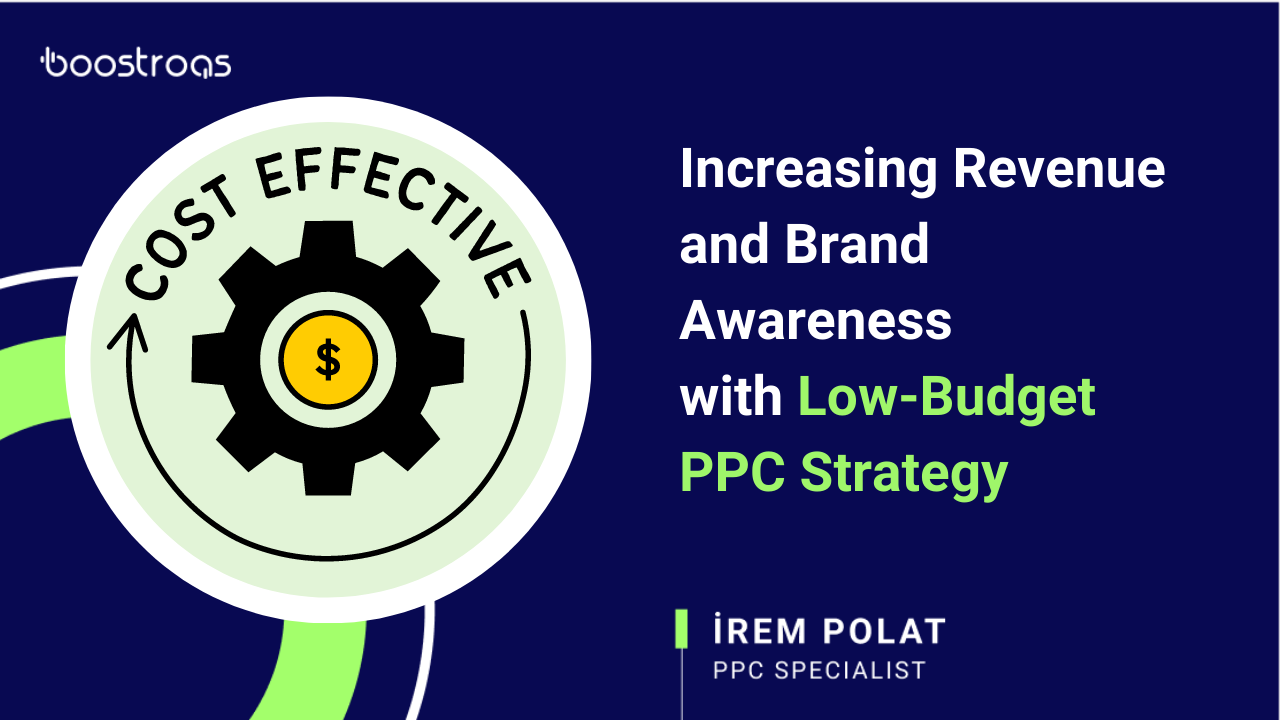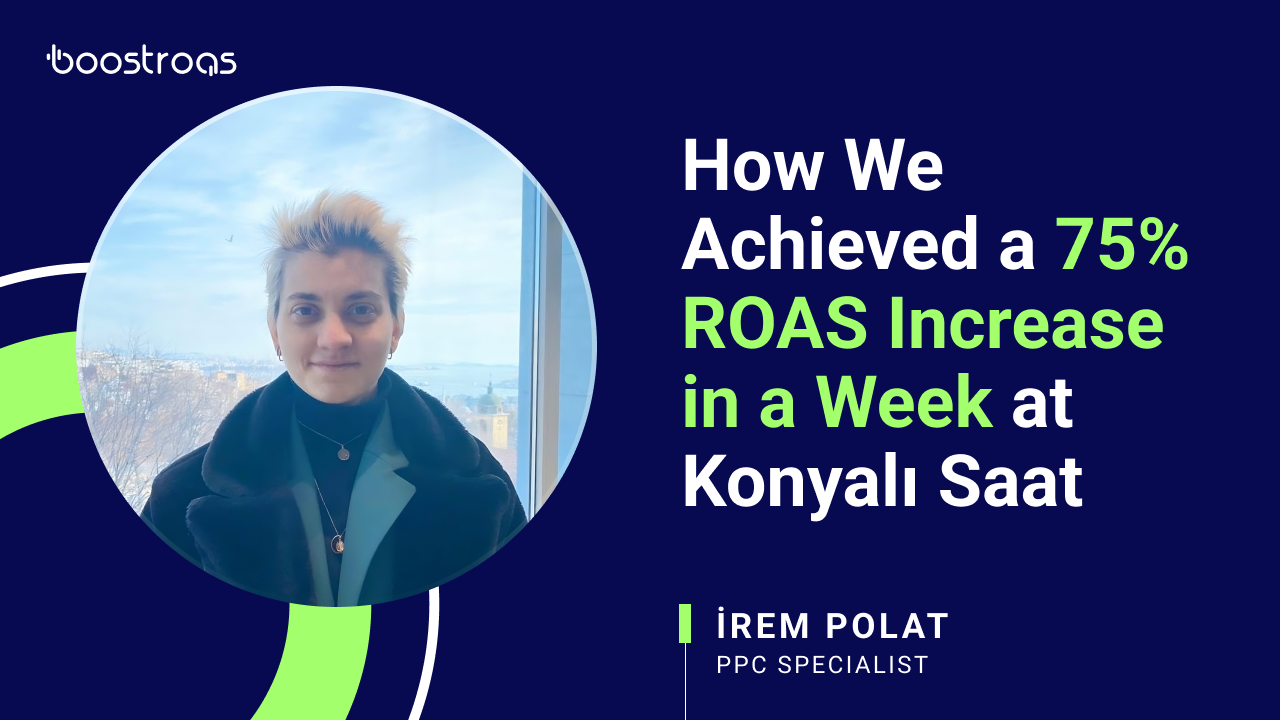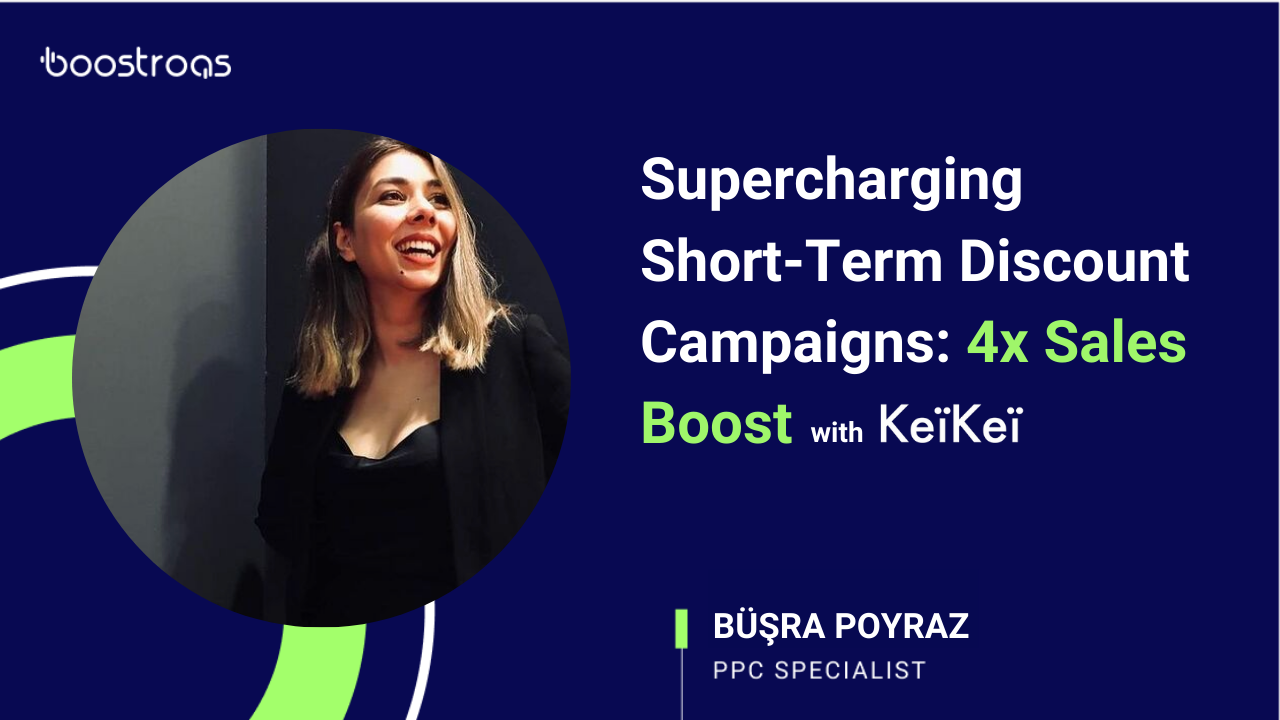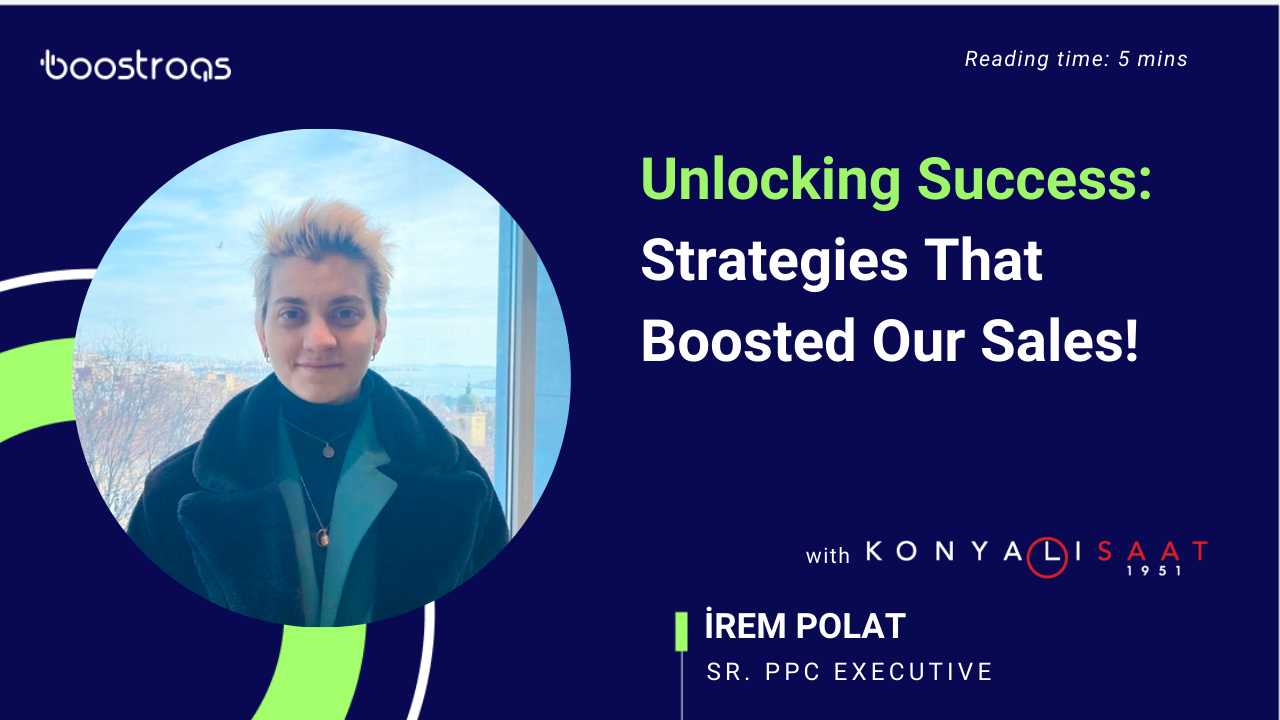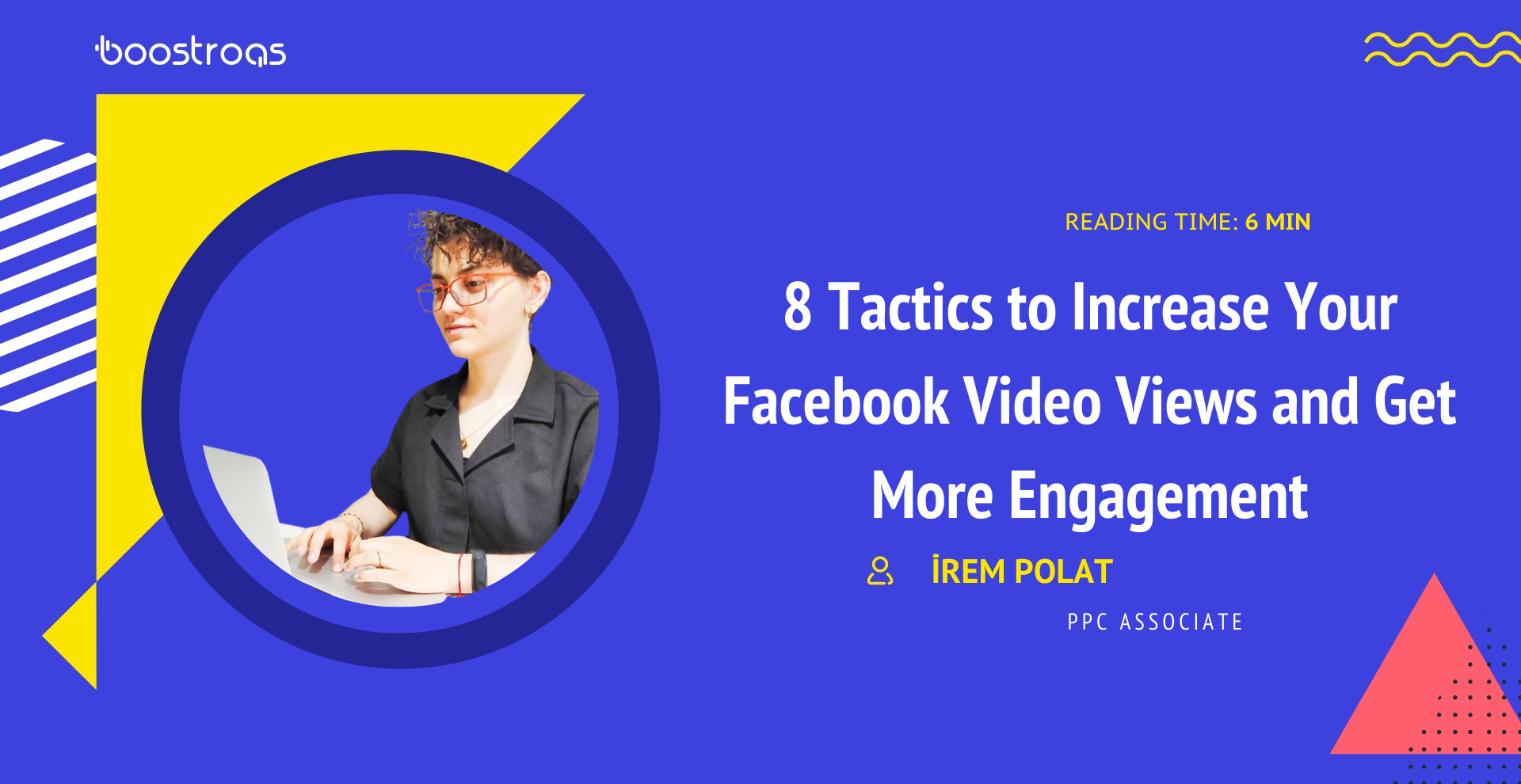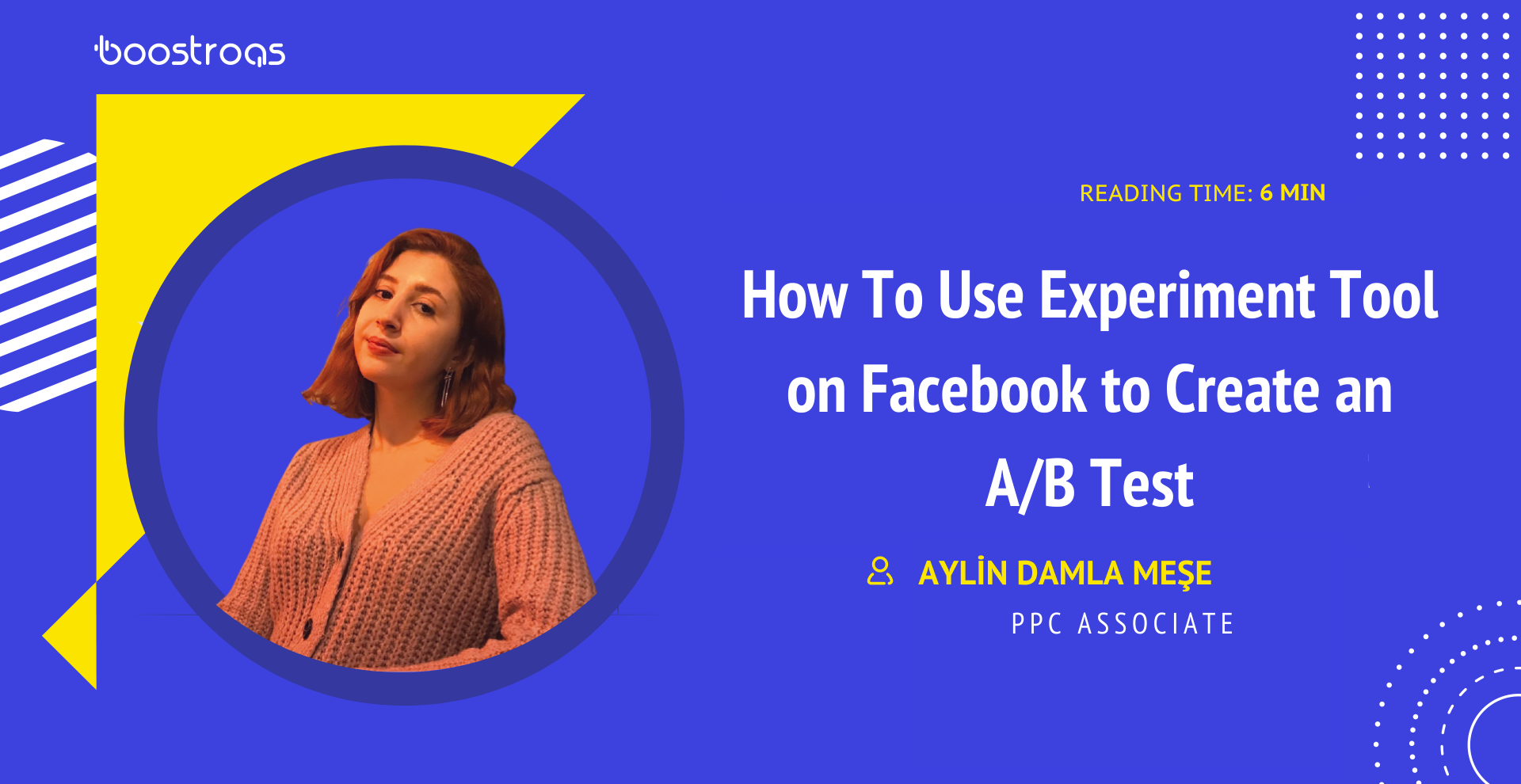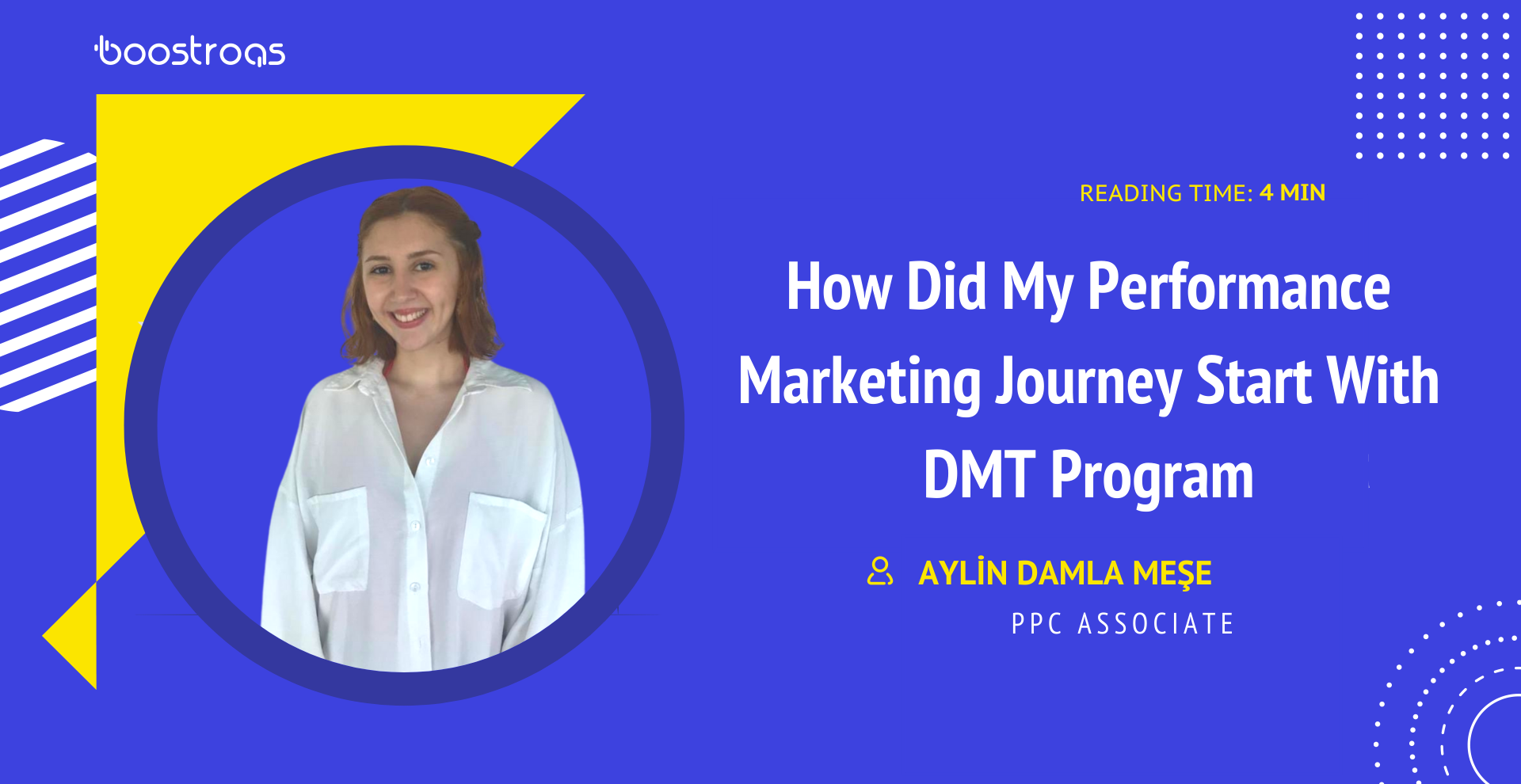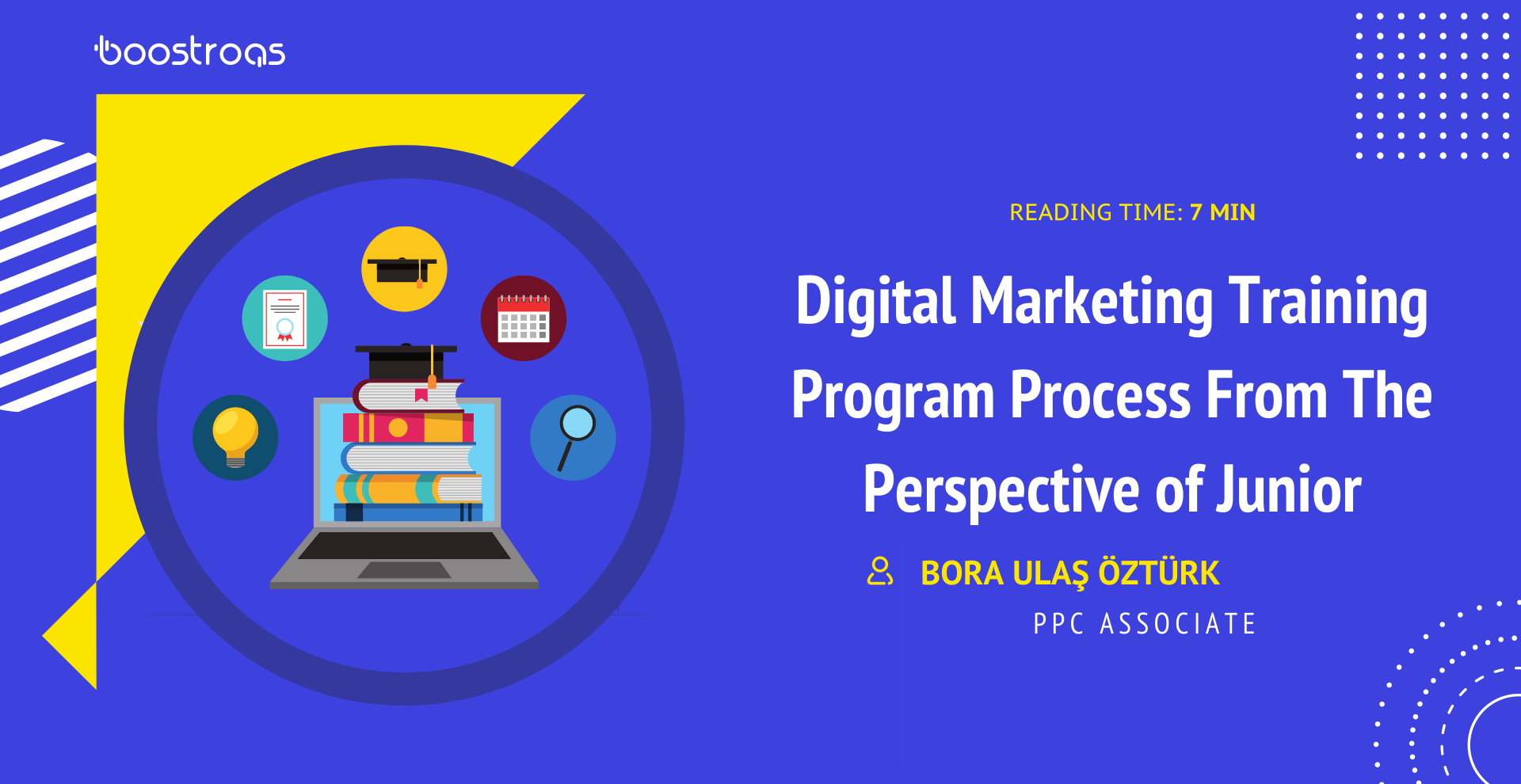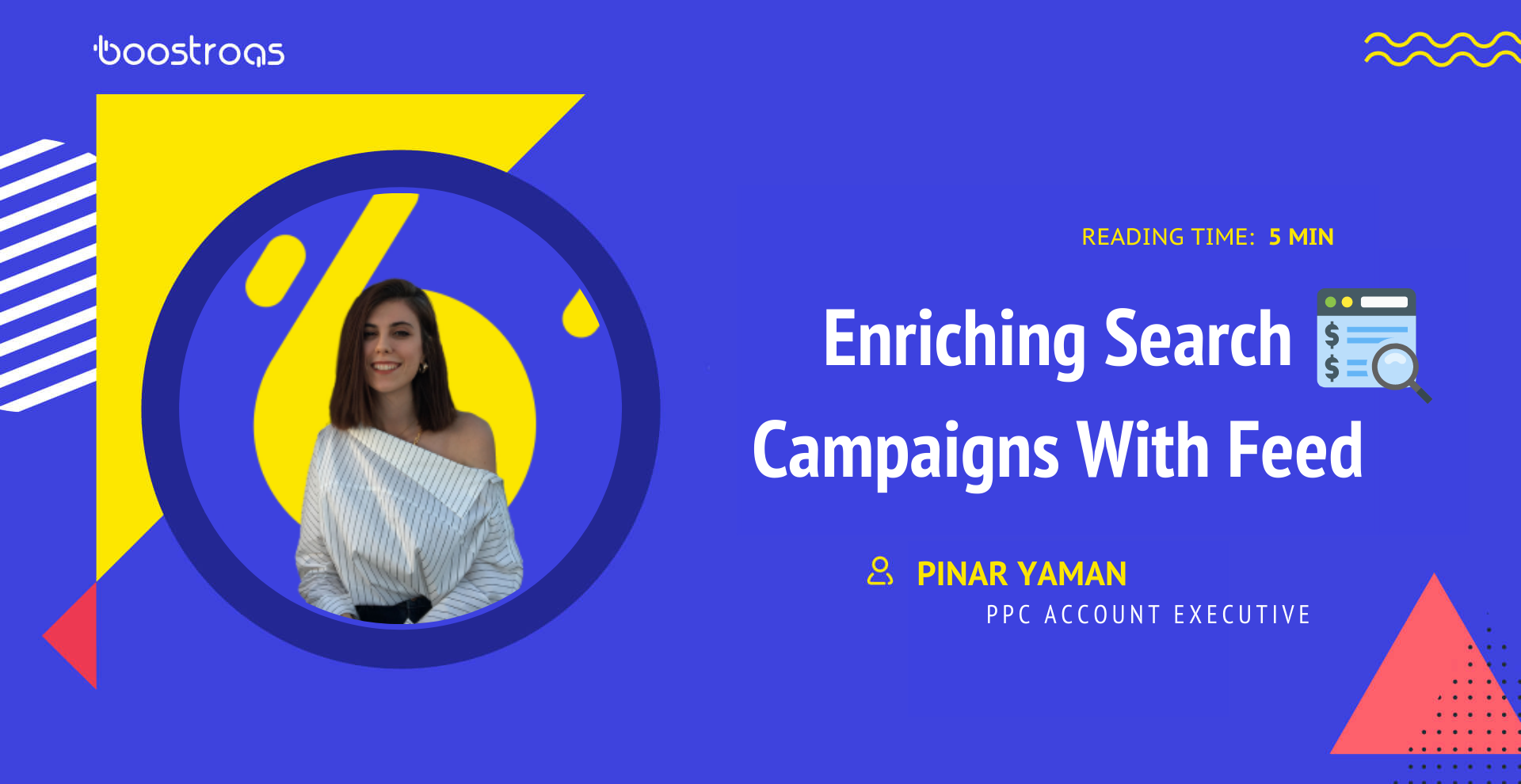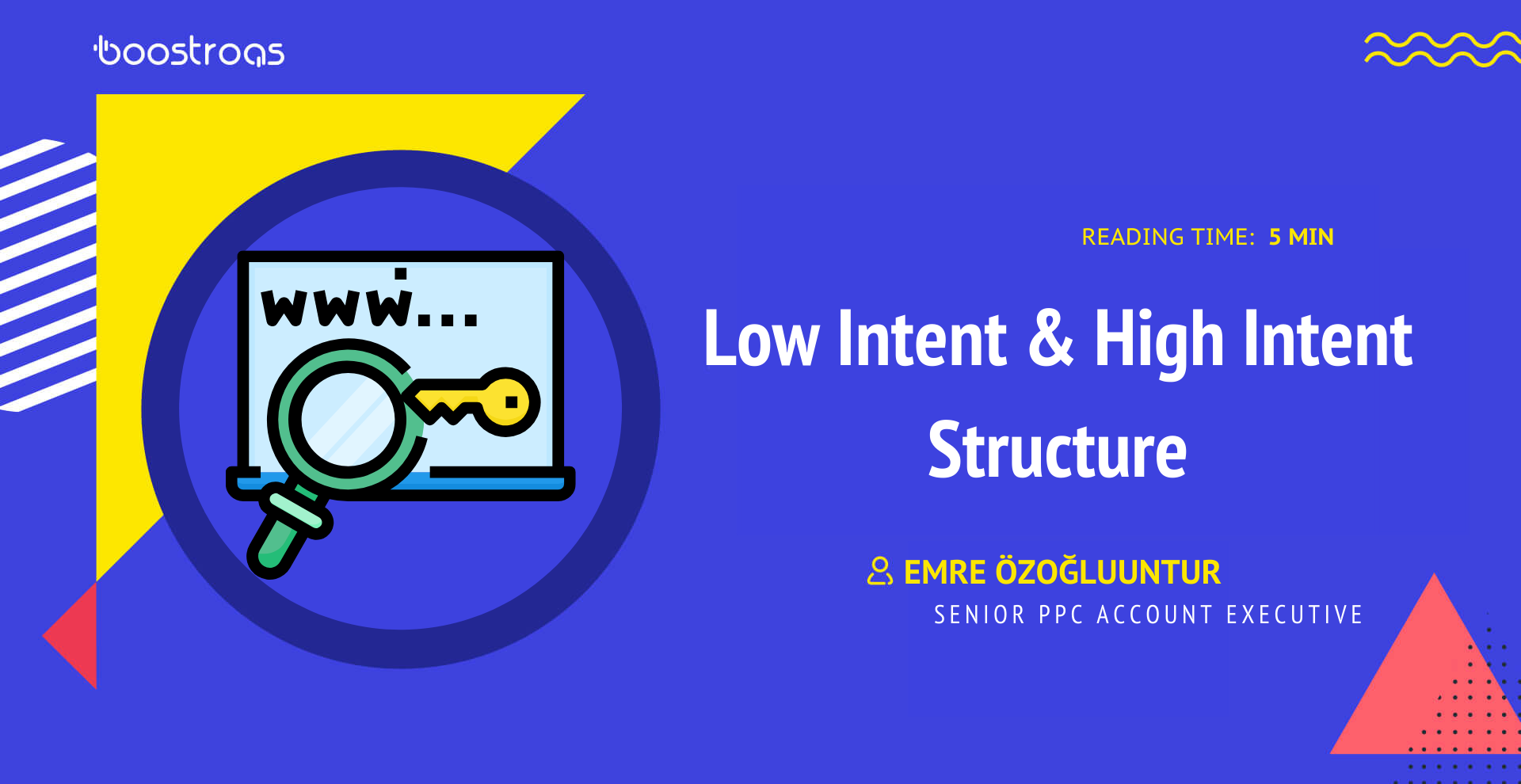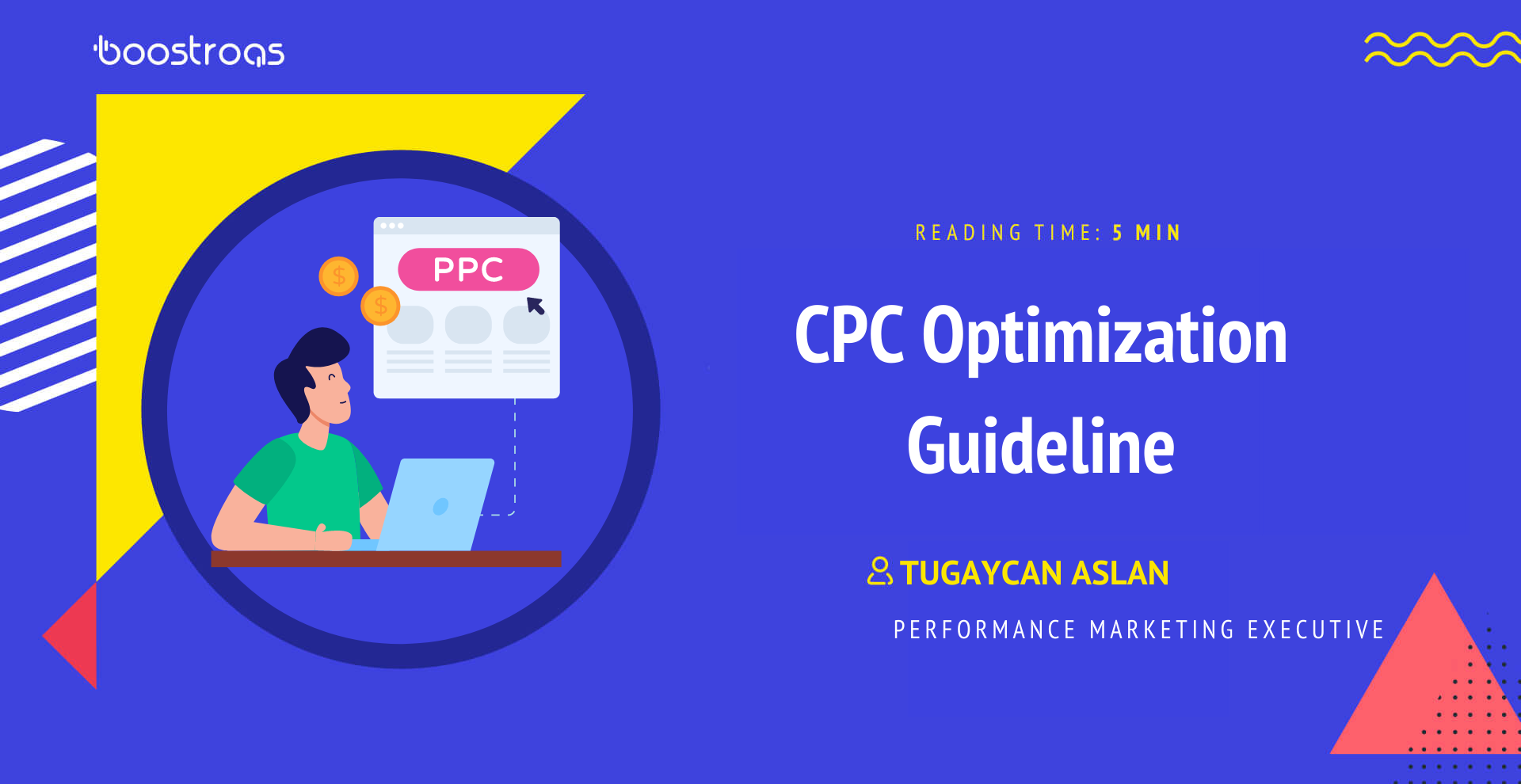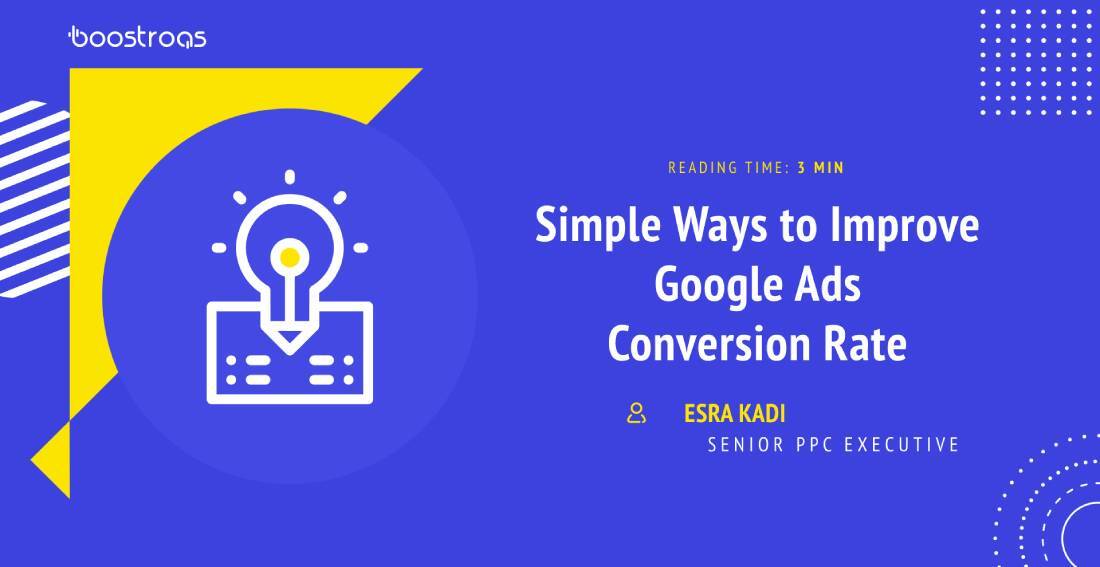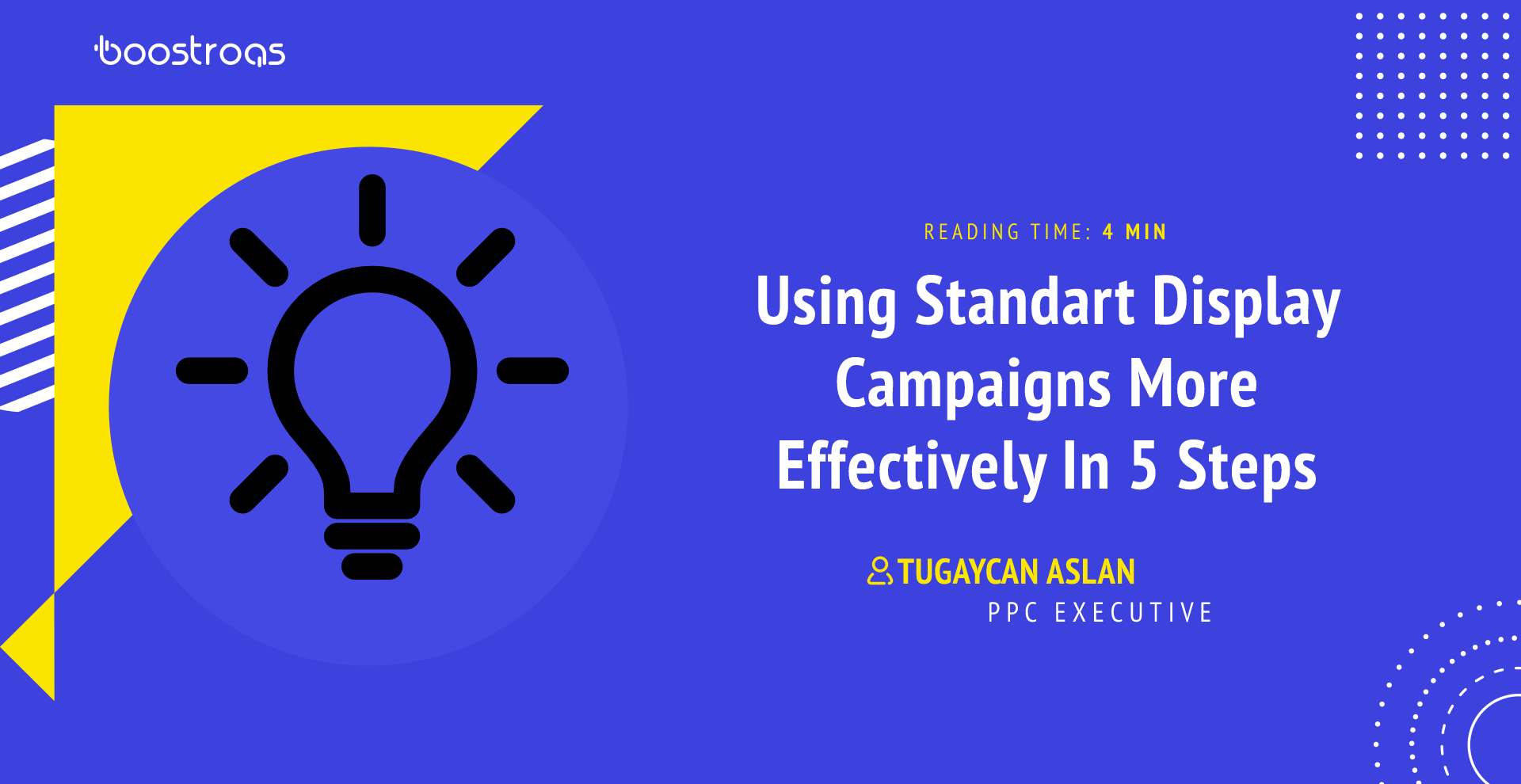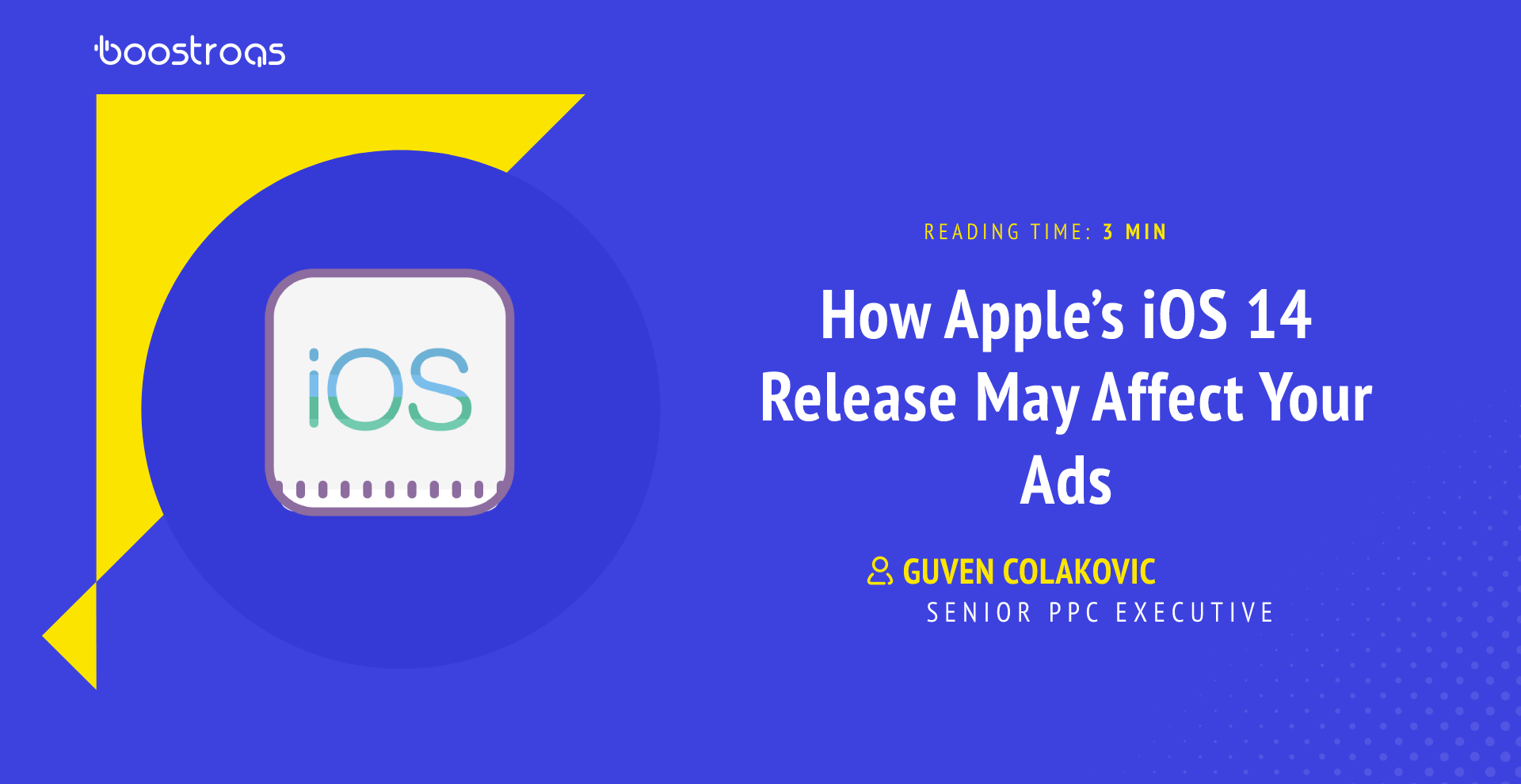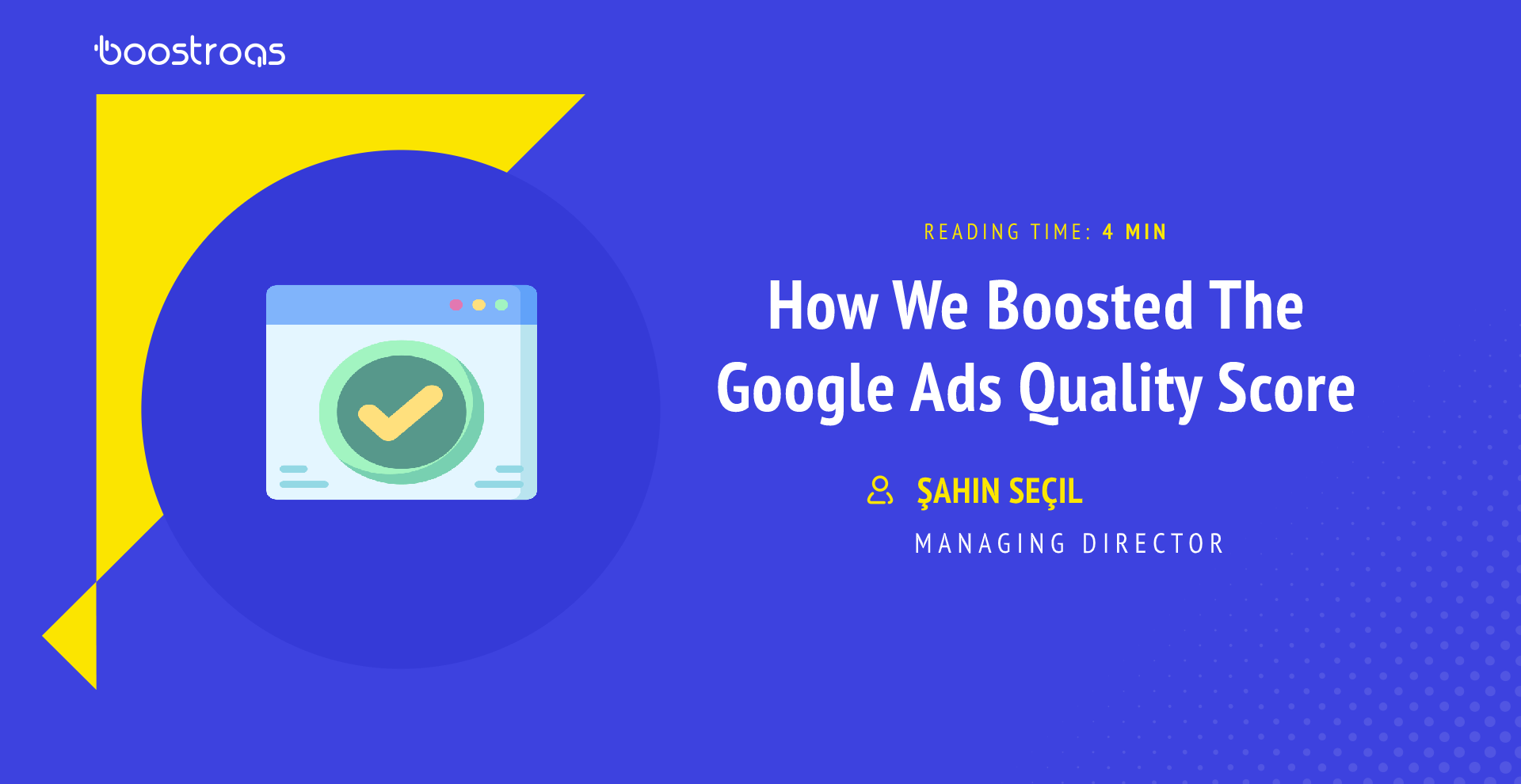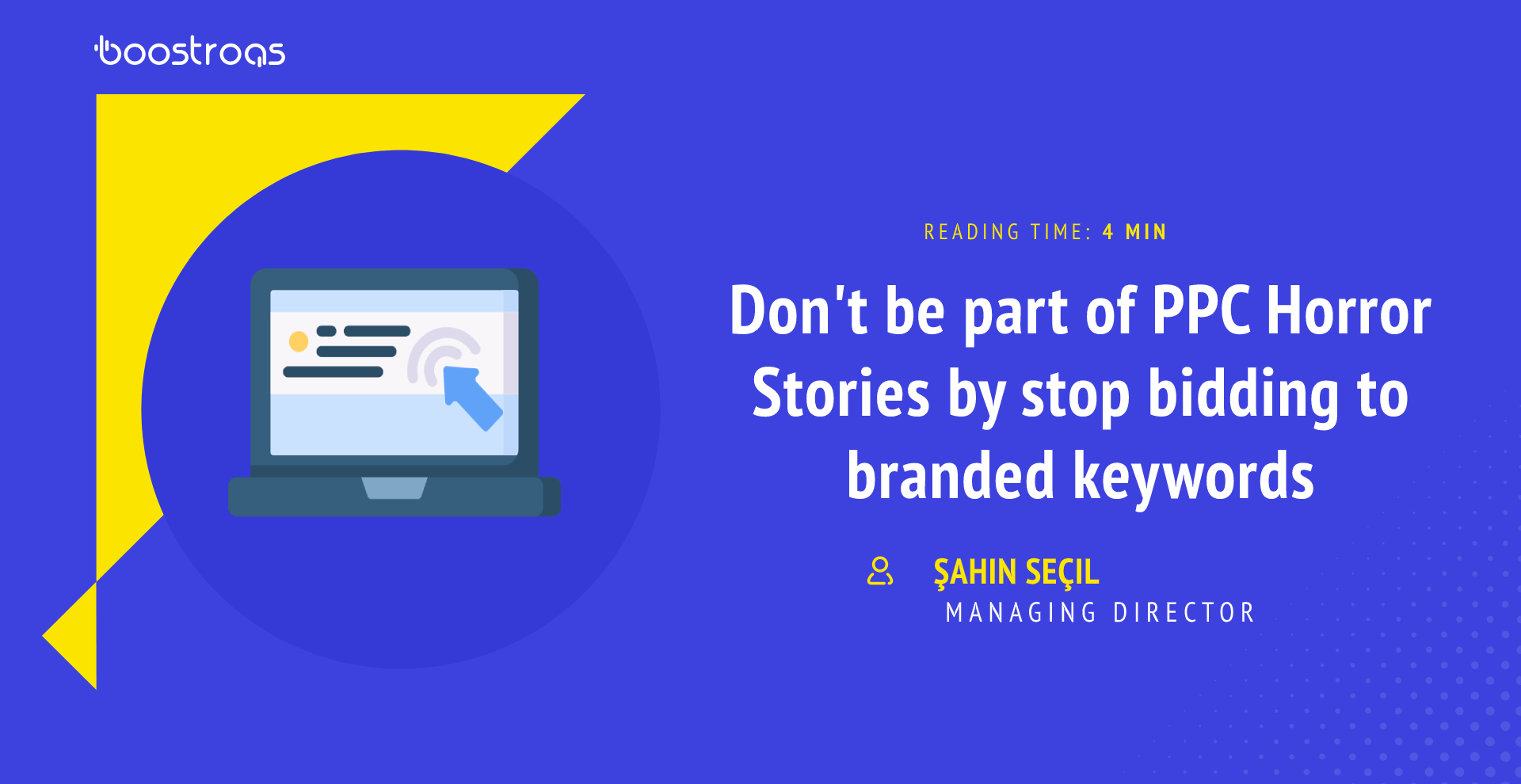Follow us :

Why don’t you need to follow CR?
What should my conversion rate be? Is a 2% conversion rate good? How can I increase my conversion rate? If you ask these questions frequently, you should stop following CR and start reading this blog!
What is the Conversion Rate? How is Calculated?
The conversion rate is a ratio that measures the number of conversions (sales, leads, or other desired actions) per the number of impressions (times your ads are shown).
A conversion rate may be expressed as a percentage or a decimal. For example, if you have 1,000 impressions and 100 conversions per month, your conversion rate would be 10%. If you have 1,000 impressions and 200 conversions in one month, your conversion rate would be 20%.
The conversion rate can be measured in different ways; for example, Google Ads provides conversion rates for the number of clicks on an ad and the number of conversions resulting from those clicks.
Also, It can be measured in different ways in different sectors. For example, if you are in the e-commerce industry, it is better to divide conversion by session because a user can have more than one session and purchase.
On the other hand, if you have a monthly subscription model. To find your conversion rate, you should divide total conversions by total users. A user can have multiple sessions, but they can only purchase your service once.
Why is conversion rate not important?
Firstly, the Conversion rate is a deceitful metric. Here are two examples of how deceitful it can be;
Example 1
Okay, you have read about a blog that tells you, “Conversion Rate Is The Most Important Metric” you found a PPC executive and told him that his goal is to increase the overall conversion rate by up to %50. The PPC executive tried his best and came up with the idea, “Can we reduce the prices by half”. You reduced the price and increased your conversion rate by %50. But in this case, are you profitable?
Example 2
Let’s assume that you compare Campaign A’s and B’s performance.
In “Campaign A”, your conversion rate is %2, and in “Campaign B”, your conversion rate is %0.67, which is lower than “Campaign A”.
Your manager said we should determine the best-performing campaign and close the campaigns with low conversion rates.
So, should you close Campaign B because it has a 0.67% conversion rate, or can you say that the best-performing campaign is Campaign A because it has a 2% conversion rate?
The answer is no!
Yes, conversion rates are an essential metric for marketers. But is it the best metric? Absolutely no.
In “Campaign B”, the conversion rate is %0.67. Does it seem like the campaign performance is not good? CR is low, but the cost per conversion ($135) is %46 lower than “Campaign A”, and his CPC is $0.90, so campaign B gets conversion cheaper than “campaign A”.
But is the cost per lead metric enough for determining best performing campaigns?
Important Metrics That You Should Follow
Digital marketing professionals should also look at the conversion value, average order value, percentage of qualified leads, return on investment, and return on ad spend. These metrics can help them understand how effective their marketing campaigns are.
Though conversion rate is not always the most important metric when looking at an overall campaign performance, it is helpful to know that our performance has increased or decreased from previous periods.
6 Important Metrics That You Should Follow;
- ROI (Return on Investment)
- ROAS (Return on Ad Spend)
- Conversion Value
- Average Order Value
- Percentage of Qualified Leads
- Conversion Rate
Why Is Conversion Rate Important?
Conversion rate is the percentage of visitors to a website who become customers. It is important because it measures how well your site delivers on its purpose.
The higher your conversion rate, the more likely you are to increase conversions. And it’s not just about increasing conversion – it also means you’re delivering a better experience for your customers and fulfilling their needs.
You can’t just focus on getting people to visit your site. You need to make sure they’re converting too!
What is Conversion Rate Optimization (CRO)
CRO is the answer when it comes to talking about increasing conversion rates. Conversion rate optimization (CRO) is the process of optimizing a landing page to increase the number of visitors who take the desired action, such as making a purchase.
CRO can be done by changing many aspects of the marketing mix, including design, copywriting and price.
10 Questions You Should Answer If Your Conversion Rate is Low
CRO is not about if you selected the right bid strategy. It is more about if your offer suit the customer needs or if your landing page experience is better than your competitors,
Here are ten questions you should answer when you look to increase your conversion rate.
- Is your landing page’s value proposition suited to customer needs?
- Is the design of your landing page attractive enough?
- Is the content on your landing page relevant and engaging enough?
- Are certain pages on your site where visitors are converting more than others? If so, what can be done about it?
- Which conversion goal should you be aiming for?
- Does your brand give customers enough trust?
- Is the mobile page experience good enough?
- Do you have a clear CTA button colour
- Which call-to-action button should you use on your landing page?
- Do you target the right channel?
The Conclusion
The conversion rate is the most important metric? No! Is CR a vital metric? Yes!
If you’re looking at overall campaign performance, ROAS is the most critical metric. However, the conversion rate is also a tremendous indicator of landing page experience, and it’s a great idea to find the answer to why there’s a decrease in conversion rate in campaign performance.







